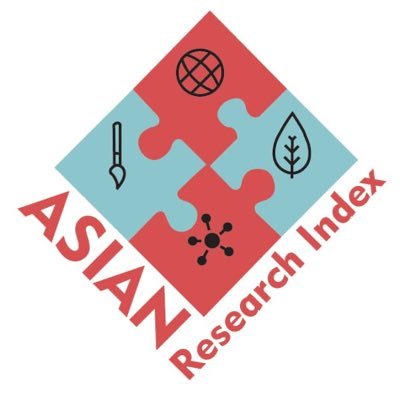Assessing the Need for Digital literacy Tools (Using Qur'an or Hadith App) in Teacher's Training at Islamic Secondary School in District Kot Addu
Abstract
Literacy has various significance in assorted passage. If you can apprehension and utilization digital technology with success, you have digital literacy. End-to-end the educational procedure, this applies. A deep scope of applications consider administrative LMS, ZOOM,others. To be digitally literate implies intentional how to use the internet, social media, and mobile inclination to communicate, study, and work in today's digitally-dependent world. In the digital era, digital literacy mention to a person's capability to detect, measure, prosecute, and efficaciously convey accumulation through typing and other media on various digital level (Glister, 1997).This study examine the combination of digital literacy tools, generally Qur'an and Hadith apps, into teacher training programs at Islamic secondary schools in District Kot Addu, South Pakistan. As education progressively grasp technology, it is crucial to assess the preparation and knowledge of teachers in exchange these tools within an Islamic education framework. The primary objectives of this research were to evaluate the current level of digital literacy among teachers and to explore how these digital tools can be effectively used to present and evaluate information in accordance with the teachings of the Qur'an and Hadith.
References
Shah, D. (2016). The Role of Technology in Islamic Education. Journal of Educational Technology and Society, 19(3), 176-185.
Abbasi, M. (2017). Teachers' Perceptions of Technology Integration in Islamic Schools. International Journal of Educational Development, 52, 72-80.
Abbasi, M. (2017). Teachers' Perceptions of Technology Integration in Islamic Schools. International Journal of Educational Development, 52, 72-80.
Ali, N., & Yusof, Y. (2020). Professional Development Needs for Technology Integration in Islamic Schools. Journal of Islamic Education Studies, 15(2), 45-60.
Dede, C. (2011). The Role of Digital Technology in Educational Transformation. Harvard Education Press.
Glister, P. (1997). Digital Literacy. Wiley Computer Publishing.
Hall, G. E., & Hord, S. M. (2006). Implementing Change: Patterns, Principles, and Potholes. Allyn & Bacon.
Hattie, J. (2009). Visible Learning: A Synthesis of Over 800 Meta-Analyses Relating to Achievement. Routledge.
Shah, D. (2016). The Role of Technology in Islamic Education. Journal of Educational Technology and Society, 19(3), 176-185.
Siddiqui, S. (2018). Islamic Education and Digital Tools: A Contemporary Perspective. Islamic Education Review, 12(1), 22-35
Mumtaz, S. (2000). Factors Affecting Teachers' Use of Information and Communications Technology: A Review of the Literature. Journal of Information Technology for Teacher Education, 9(3), 319-342.
Selwyn, N. (2016). Education and Technology: Key Issues and Debates. Bloomsbury Academic.
Rizvi, F. (2011). Islamic Pedagogy: Teaching and Learning in the Muslim Context. Routledge.
Ali, N., & Yusof, Y. (2020). Professional Development Needs for Technology Integration in Islamic Schools. Journal of Islamic Education Studies, 15(2), 45-60.




.png)




